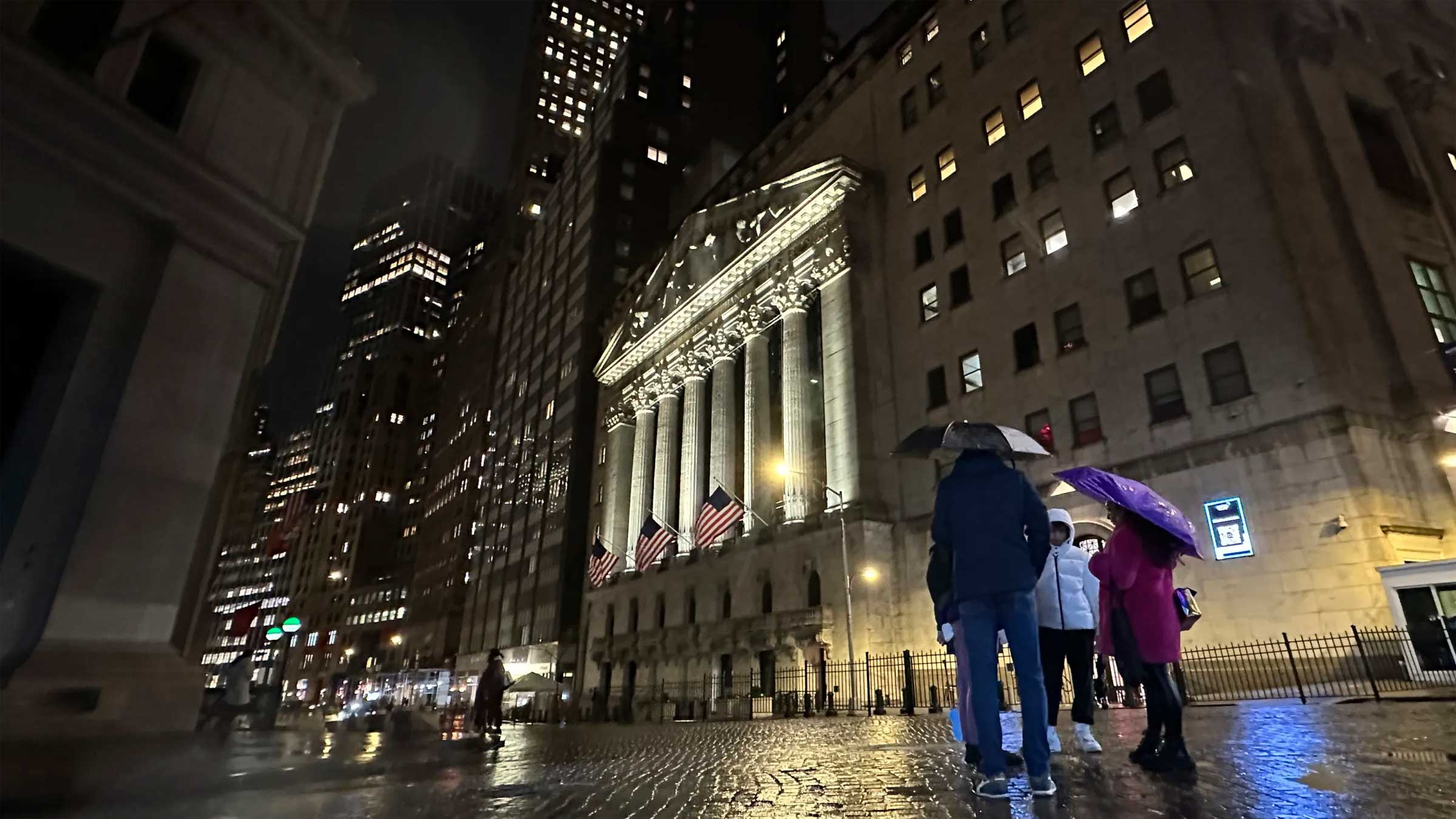In the dynamic world of foreign exchange, the ebb and flow of currencies paint a picture influenced by a multitude of factors. From geopolitical events to economic data releases, traders closely watch indicators that could affect currency valuation. Yet, amidst such factors lies a less examined but equally significant force—festivals. The connection between cultural celebrations and forex markets may not be immediately obvious, but the so-called “Holiday Effect” can lead to unique fluctuations in currency values. This article delves into how festivals across the globe ripple through forex markets, shaping the waves of currency trading during holiday seasons.
The Festive Trigger: Forex Fluctuations

As financial markets operate on a global scale, festivals and public holidays from different parts of the world can trigger a range of reactions within the forex market. The essence of the Holiday Effect can be attributed to several key aspects:
- Trading Volume Reduction: Major holidays often lead to a decrease in trading volume as traders and financial institutions go on vacation. This can result in less liquidity, potentially leading to larger price swings due to a smaller number of market participants.
- Risk Appetite Changes: Holiday seasons can influence the risk-taking behavior of traders. A festive mood may encourage purchasing of riskier assets, thus affecting currency strengths, particularly those associated with higher-risk investments.
- Market Sentiment: Festivals can sway public sentiment, which in turn, affects investor confidence and forex market trends.
- Anticipation and Speculation: Traders may anticipate the reopening of markets post-holidays and position their portfolios accordingly, which can lead to anticipatory movements just before holidays.
- Economic Impact: In some countries, holidays can significantly impact economic activity, either through increased spending or production slow-downs, thereby influencing forex markets.
- Central Bank Operations: Central banks may alter monetary policy around holidays, which can have a ripple effect on currency valuations.
Unwrapping the Holiday Effect on Forex

Observing the Holiday Effect in action involves recognizing specific patterns within the forex market around holiday periods. During such times, the market could be subject to:
- An unexpected rise in volatility despite lower trading volumes, as fewer transactions can cause more significant price impacts.
- A tendency for currency pairs to either stagnate in a tight range or make unexpected leaps due to reduced participants capable of absorbing market movements.
- An increased risk of “gapping” when the markets reopen after a holiday, with prices opening at a different level from the close.
Moreover, professional traders often take advantage of the predictability associated with decreased volumes by setting strategic trades. Retail investors, on the other hand, may find the less predictable environment more challenging.
Festive Cheer: A Currency Rollercoaster

Each festival comes with its own set of economic activities that can either buoy or weigh down a nation’s currency. For instance:
- Christmas and New Year: These Western holidays are known for consumer spending sprees, which can strengthen currencies like the US dollar and the Euro in anticipation of robust retail sales figures.
- Chinese New Year: In Asia, this period usually equates to a slow-down in manufacturing, as factories and offices close for extended periods. It could lead to a temporary weakening of currencies like the Chinese Yuan.
Conversely, post-holiday seasons may see a currency rebound as economic activities resume. The immediate aftermath of a festival can be just as influential on forex markets as the build-up to it.
Market Movements: Holidays in the Mix

Throughout the trading year, certain holidays are considered pivotal due to their potential impact on the markets:
- Bank Holidays: In financial capitals like New York and London, bank holidays mean closed markets and no trading, leading to more pronounced effects when markets resume.
- National Holidays: Days like Independence Day in the United States or Bastille Day in France may affect not just their respective currencies but others as well, given the interconnectedness of global markets.
Therefore, staying ahead of market movements necessitates understanding the global holiday calendar and anticipating market closures and seasonal trends.
Traditions and Trends in Forex Dynamics

Tradition dictates that certain currencies exhibit classic trends during holiday seasons. For example:
- The US dollar typically experiences low volume but higher volatility during Thanksgiving and Christmas.
- The Japanese Yen often sees fluctuations during “Golden Week,” a collection of four national holidays within one week.
It is also worth noting that certain commodity-based currencies may be affected differently during holiday seasons due to shifts in commodity trading.
Navigating Forex: The Holiday Calendar

Traders looking to navigate the forex market during holidays should be mindful of several key dates. The following table offers a non-exhaustive comparison of notable holidays and their potential forex market impact.
| Holiday | Country/Area | Potential Forex Impact |
|---|---|---|
| Christmas | Global | Lower liquidity; possible strengthening for USD and EUR |
| Chinese New Year | China and Asia | Weakness in Asian currencies; lower manufacturing output |
| Independence Day | USA | Reduced USD trading; temporary dip in liquidity |
| Bastille Day | France | Minimal impact but banks closed in France |
| Thanksgiving | USA | Lower volume but possible USD volatility |
| Golden Week | Japan | Yen fluctuations; significant market closure impact |
By studying such patterns, traders can prepare for the expected and the unexpected during these festive times.
Moreover, while the Holiday Effect brings unique opportunities, it also carries inherent risks. With reduced liquidity and sometimes erratic market behavior, traders must approach the holiday seasons with a blend of foresight and caution. Ultimately, forex markets are influenced by a complex interaction of factors, including the festive moods around the world. A keen understanding of these seasonal dynamics, paired with diligent market analysis, can empower traders to capitalize on the festive trends and navigate their currency escapades with confidence. Whether it’s the glitter of Christmas lights or the fireworks of New Year’s Eve, the celebrations have a tale to tell on the forex stage, and for the astute observer, it’s a narrative rich with possibility.

